Sometimes, outdoor radio is about long self-supported hikes with big rucksacks and madcap races against time. Sometimes it’s about places you’ll likely never visit again, where failure isn’t an option. Sometimes you just need to bring the power, whether for popular activations where many people will want to call, times when you need a huge number of contacts or chasing park-to-park DX. There’s equipment for that.
But sometimes, outdoor radio isn’t like that. Sometimes it’s just a lovely day sat on a beach or in a park, and 10 QSOs would be a nice bonus.
For those days, this is my current “casual” outdoor radio kit.
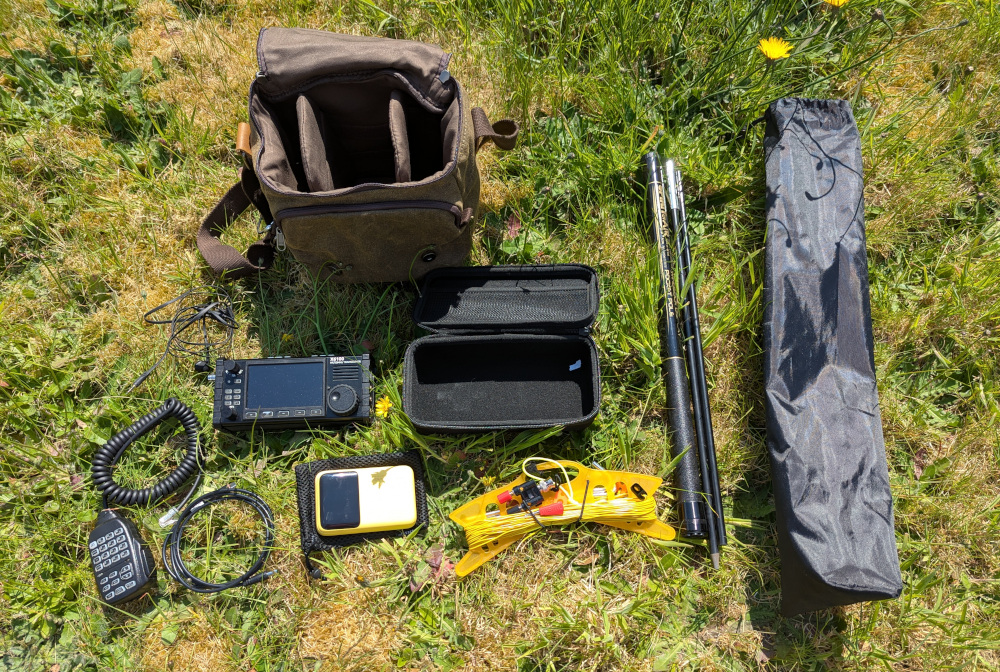
The radio is a Xiegu X6100, protected in an old GoPro Travel hard case (shout out to folks in this thread for suggesting it). The exact model of case isn’t made any more, but it’s a better fit than the current ones; I tracked mine down on eBay for a fiver. (The radio was from eBay too. I sure would love to splash out £1000+ on a brand new IC-705, but that stage of my life has not yet arrived.)
The rest of the kit inside the bag is as per my hotel room HF adventure: A Sotabeams Bandspringer Midi “random wire” antenna, INIU 20000mAh power bank, and a 12V “trigger cable” to power the radio from the power bank and therefore achieve 10W output rather than 5W.
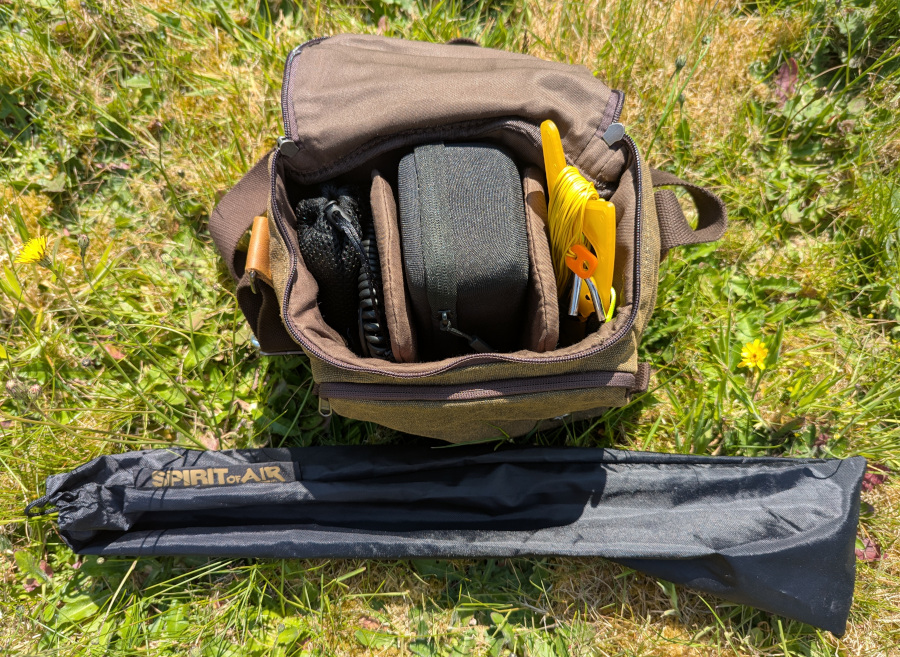
The bag itself is a Yuhan camera bag which has some nice internal dividers to keep things separate, although not strictly necessary here. The last piece of the kit, strapped to the top of the bag with a couple of carabiners and two hair bands, is a Spirit of Air 4m Pocket Pole with the stake and bag kit.
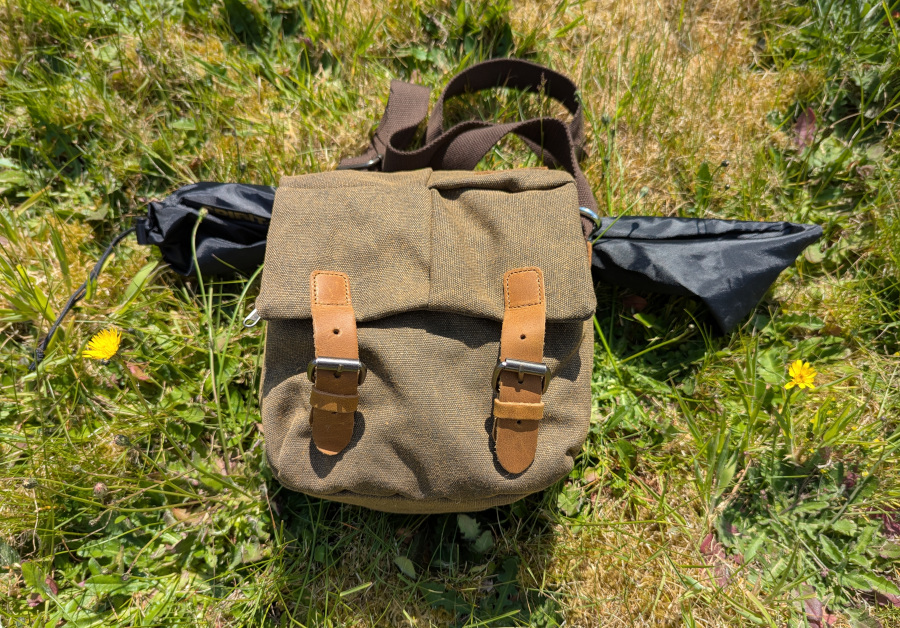
Today, I decided to head back to Hengistbury Head to try out the kit. This time I wouldn’t be chasing transatlantic park-to-park contacts, but instead just finding a nice spot on the beach and grabbing a few QSOs where I could on 40 metres.
As well as being two Parks on the Air references, GB-1727 Christchurch Harbour SSSI and the newly-added GB-4696 Hengistbury Head Scenic Site, my activation location also qualifies for Bunkers on the Air as G/B-1100. I was also activating for Beaches on the Air for the first time, as 12413 Hengistbury West beach. (I’m not sure why it’s taken me this long to do my first beach!)
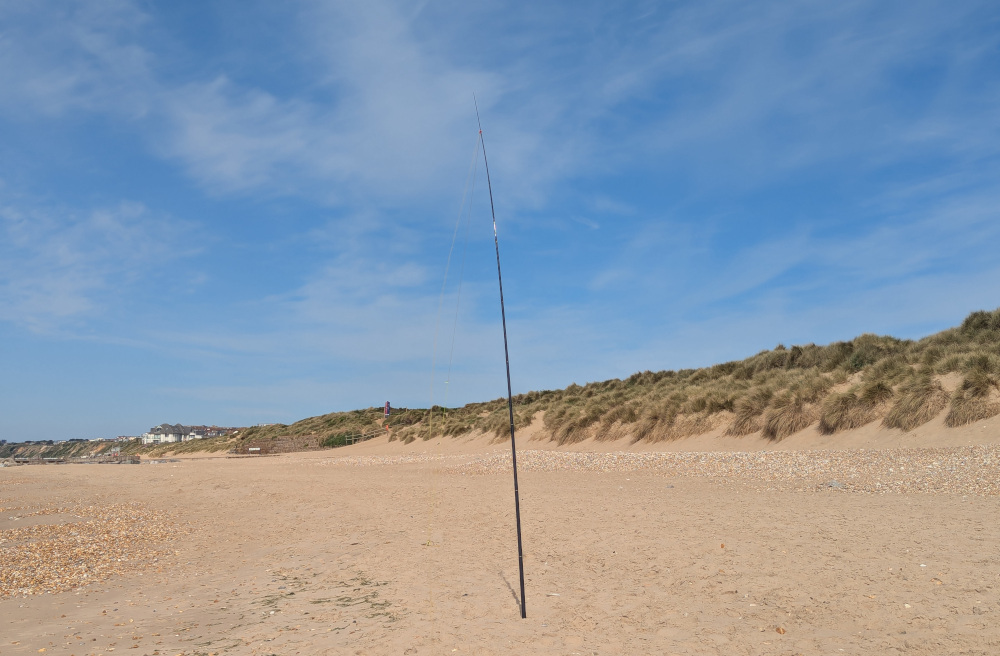
Today was a spectacularly poor day for the 40m band, but without enough power to get far on 20m, I was stuck with it. It was nothing like my previous X6100 outing with the big dipole antenna and much better band conditions, and I really struggled for contacts here, especially with the bunker activation requiring 25 QSOs!
It took two hours all told. I did almost give up for a bit in the middle, thinking I’d stick with my 10 for activating the park and not worry about the bunker, but with some encouragement from the UKBOTA WhatsApp group I persevered until I had 26 in the log.
Unfortunately, I did get quite a few comments about bad audio from my end. These were generally different from my first X6100 outing, where I received comments about overdriving and so steadily reduced the mic gain until I found a good level. This time, it was described as like I was sending noise as well as my voice. Aside from my hotel room experiment, this was my first time using the end-fed random wire antenna straight into the side of the radio, and I think a likely cause of the problem was a high RF field getting into the fist mic or its unshielded cable. Certainly when trying to use my phone there were quite a few “random” touches and keypresses going on, a definite indicator that a strong field was present.
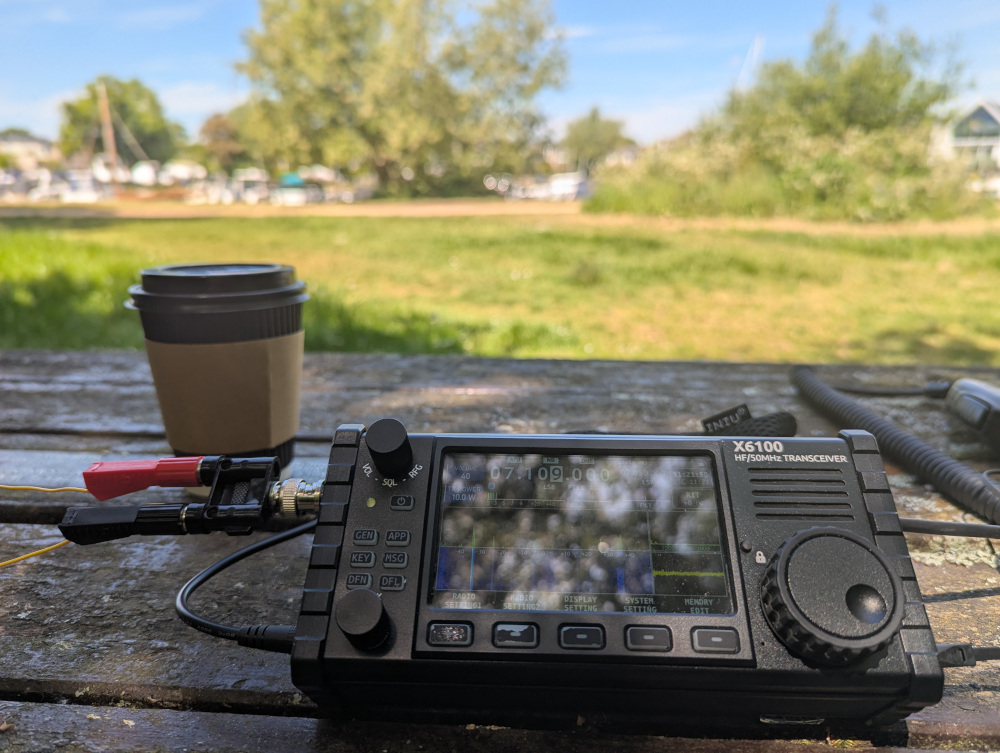
My other activation spot for today was the second of the newly-added Christchurch parks, GB-4697 Christchurch Riverlands & Tuckton Gardens Park. There’s no bunker or beach here, just a plain old small town park down by the riverside. There was nowhere out-of-the-way to set up, but I made the best of things with a picnic table and 10 metres or so alongside it to string the antenna.
Although the EFRW antenna was likely the cause of my audio problems, I did find it very convenient in terms of size. It requires much less space than my big inverted-V dipole, and its footprint is just in one straight line, without having to worry about a third guy rope or space for ground radials. I’d have struggled to site either of my other portable antennas here, but the EFRW was just right.
I clipped a ferrite choke onto the fist mic cable here to see if it improved my audio, and the consensus from a couple of repeat callers was that it might be better, but it was hard to tell as I was down in the noise anyway. If anything, the 40 metre band seemed to be getting worse, and getting heard at all here was a struggle. After getting 11 in the log in 40 minutes, I decided to call it quits and head off for lunch.

So, was my “casual” POTA kit a success? I think so.
Giving poor audio is never great, and maybe it’s worth modifying the kit in future with a short coax run and a 9:1 unun at a ground-level feedpoint. That should hopefully keep the stray fields a little further from my microphone, at the cost of a small amount of signal loss.
But really, today was only bad by the standards of the QRO operation I’m used to. A few paragraphs up this very same page, I wrote “Sometimes it’s just a lovely day sat on a beach or in a park, and 10 QSOs would be a nice bonus.” And that’s exactly what it was. I spent two hours sat on the beach in the sunshine, wandered around a lovely park, and got to play radio as well, all without being loaded down by a huge rucksack.
I think that’s a win.
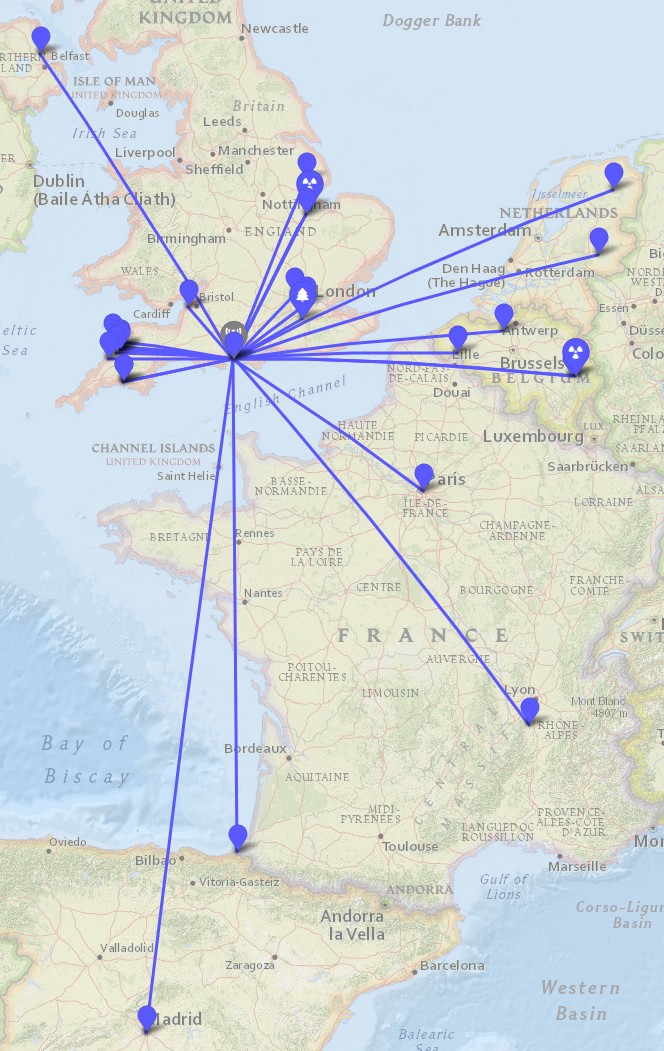
Many thanks to my all my contacts today, especially those of you that put up with my bad audio or sought out my signal from way down in the noise. See you on the air next time!
Comments